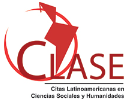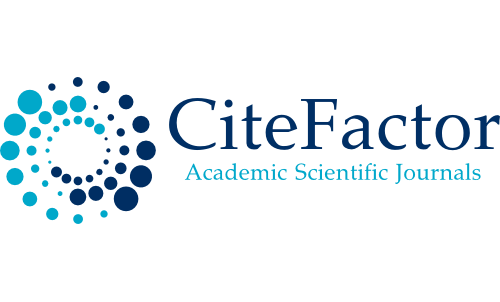The Challenge Of Reducing Gender Inequality In Company Boardroom: Between Binding Quotas And Self-Regulation
DOI:
https://doi.org/10.5433/2178-8189.2019v23n1p164Keywords:
Glass ceiling. Corporate management. Legal entity and marketAbstract
Given the very markedly sexual division of labor inthe production sphere, this paper aims to investigate the main
proposals for the promotion of equal opportunities for men and
women in business organizations. In this purpose, we analyse
some policies aiming a greater gender representation in decision-making positions of companies: a voluntary proposal, established and supervised by the own economic agents, adopted in England; a compulsory policy, imposed by state regulation in the form of binding quotas, adopted in Norway. It is a bibliographical and documental research, of qualitative character, by using the method of content analysis. As a result, the importance of
considering voluntary and binding alternatives in the political
sphere is emphasized, so as not to naturalize the discourse of the
market solution and self-regulation as a single possible way for
the issue of gender inequality in companies.
Downloads
Downloads
Published
2019-03-29
How to Cite
Tasse Ferreira, L., & Carvalho de Ávila Negri, S. M. (2019). The Challenge Of Reducing Gender Inequality In Company Boardroom: Between Binding Quotas And Self-Regulation. Scientia Iuris, 23(1), 164–179. https://doi.org/10.5433/2178-8189.2019v23n1p164
Issue
Section
Artigos
License
Copyright (c) 2022 Scientia Iuris

This work is licensed under a Creative Commons Attribution 4.0 International License.
The journal reserves the right to modify, in the original text of the submitted article, normative, spelling and grammatical mistakes in order to maintain the cultured standard of language and the credibility of the journal. The journal will respect the authors' writing style. Changes, corrections or suggestions of conceptual order will be sent to the authors, when necessary. In such cases, the articles will be re-examined. The final exams will not be sent to the authors. The published works become the property of the journal, in other words, its total or partial reprinting is subject to the express authorization of the journal. In all subsequent citations, the original source of publication shall be cited and in the case of Photographic Speeches, shall be approved by the original author. The opinions expressed by the authors of the journal’s articles are of their sole responsibility.

















